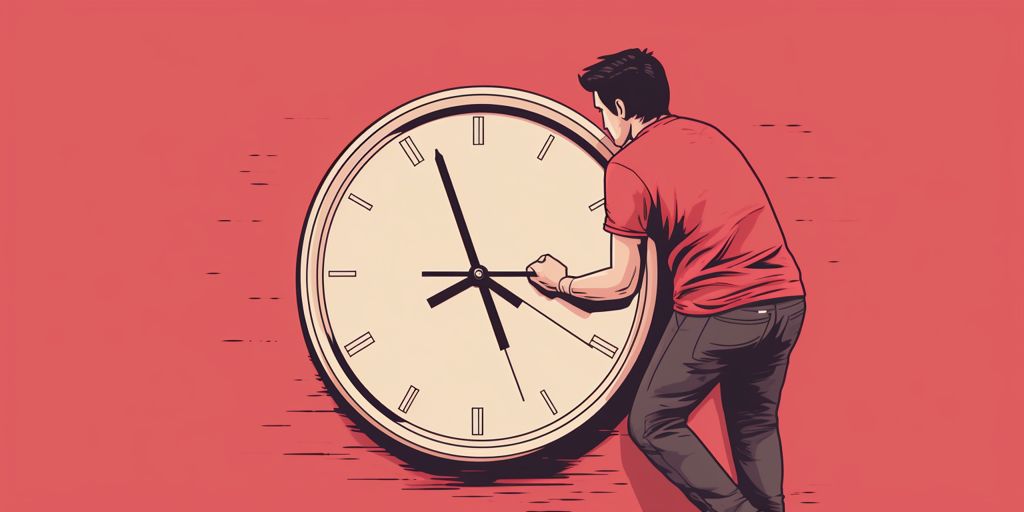🕐🌅 It’s that time of the year again! Daylight Saving Time (DST) begins in the European Union on Sunday, March 27, at 3 am. Clocks should be set forward one hour to make better use of daylight and promote outdoor activities in the longer evenings. The time change will be implemented in all EU countries, and most mobile devices will adjust automatically. Remember to adjust your sleep schedule gradually and follow a relaxing bedtime routine to smoothly adapt to the new time. #DaylightSavingTime #SpringForward #EU
When does Daylight Saving Time begin in the European Union?
Daylight Saving Time (DST) begins in the European Union on Sunday, March 27, at 3 am. The practice aims to make better use of daylight by shifting an hour of sunlight from the morning to the evening, thus conserving energy and promoting outdoor activities in the longer evenings.
The Annual Ritual
It’s that time of the year again when people need to skip ahead and fast forward an hour when they wake up on Sunday. Clocks ideally should be set before going to bed on Saturday night, even though the period begins officially on Sunday morning, March 27, at 3 am.
Daylight Saving Time in the European Union and the United States
The time change will be implemented in all European Union countries, while the United States has already made the change earlier this month. Daylight Saving Time (DST) aims to make better use of daylight by shifting an hour of sunlight from the morning to the evening, thus conserving energy and promoting outdoor activities in the longer evenings.
DST End Date
Daylight Savings Time will end on October 30, marking the return to standard time, when the clocks will be set back one hour. This will result in an hour more of sleep for most people and earlier sunsets.
Adjustments on Mobile Devices
While most services will adjust time automatically on mobile devices connected to their networks, this is not the case for all customers, some of whom will need to do it manually. It is essential to double-check the time on smartphones, tablets, and other devices to avoid any confusion or missed appointments resulting from the time change.
Impact of Daylight Saving Time
The practice of adjusting the clocks has been a subject of debate over the years, with proponents emphasizing the benefits of energy conservation and enhanced outdoor activities. On the other hand, critics argue that the time change can have negative effects on sleep patterns, leading to potential health issues and reduced productivity.
Tips for Adjusting to Daylight Saving Time
To smoothly adapt to the time change, it’s helpful to follow a few tips:
- Gradually adjust the sleep schedule by going to bed 15 minutes earlier in the days leading up to the time change.
- Create a relaxing bedtime routine with calming activities such as reading or taking a warm bath.
- Limit caffeine and alcohol consumption in the evening, as they can interfere with sleep quality.
- Keep electronic devices out of the bedroom, as the blue light emitted by screens can disrupt sleep.
- Make sure the sleeping environment is cool, dark, and quiet, promoting a good night’s rest.
By following these guidelines, individuals can successfully transition to the new schedule and make the most of the extra daylight during Daylight Saving Time.
Lessons Learned
The article about Daylight Saving Time provides us with several lessons. One of the most important ones is the need to adjust our sleep schedule gradually to adapt to the new time. Going to bed 15 minutes earlier each day leading up to the time change can help us avoid potential health issues caused by a sudden change in sleep patterns. Additionally, establishing a relaxing bedtime routine with calming activities such as reading or taking a warm bath can further promote a good night’s rest.
Another lesson we can learn from the article is the need to double-check the time on our electronic devices, even if they are supposed to update automatically. It is essential to avoid any confusion or missed appointments resulting from the time change, especially for those who have a busy schedule. Overall, the article highlights the importance of preparing for Daylight Saving Time to make the most out of the extra daylight and avoid any negative impacts on our health and productivity.

